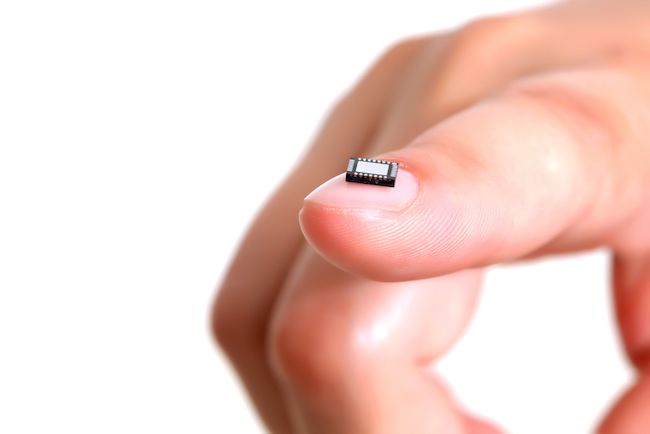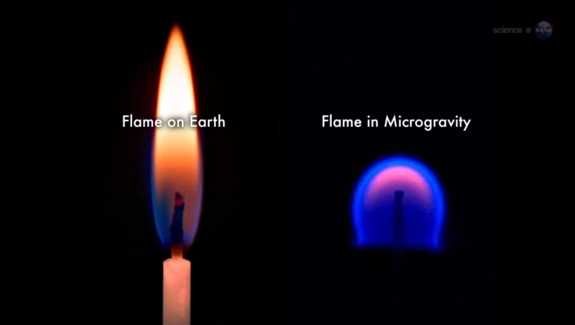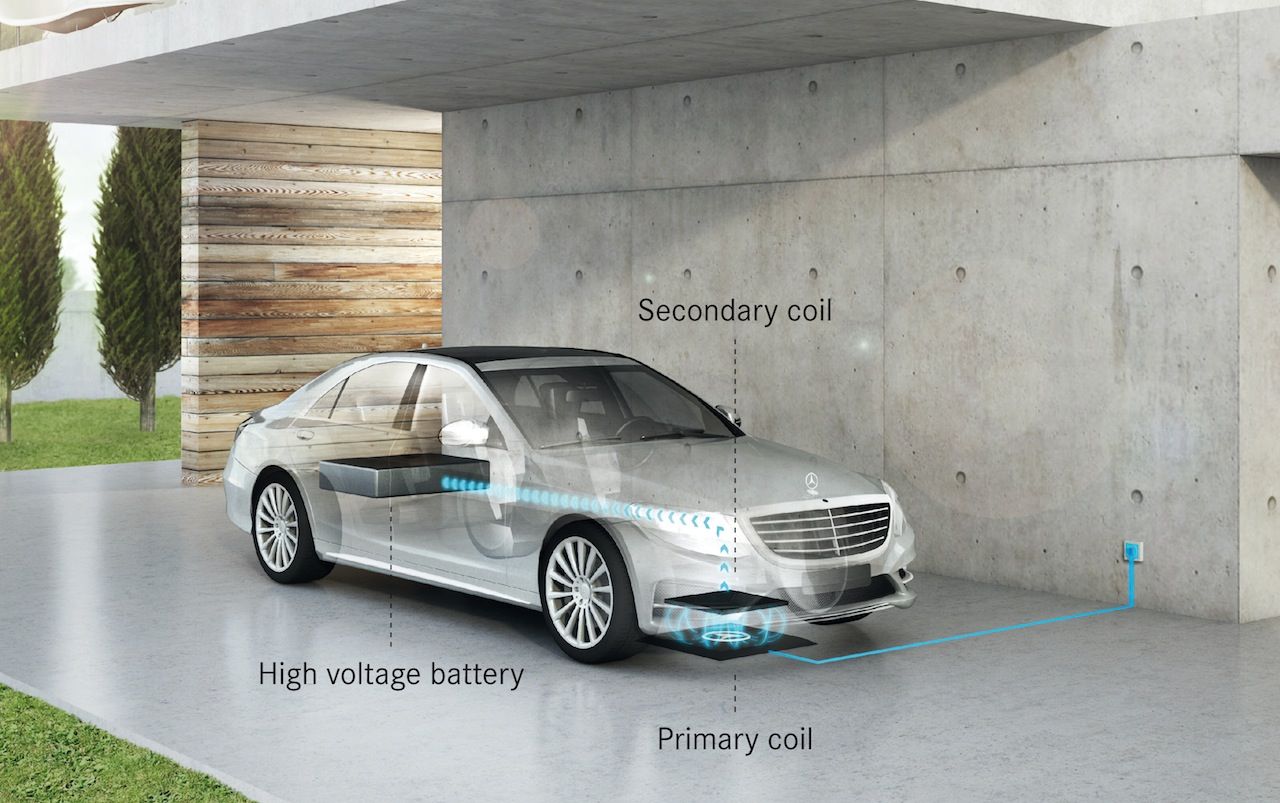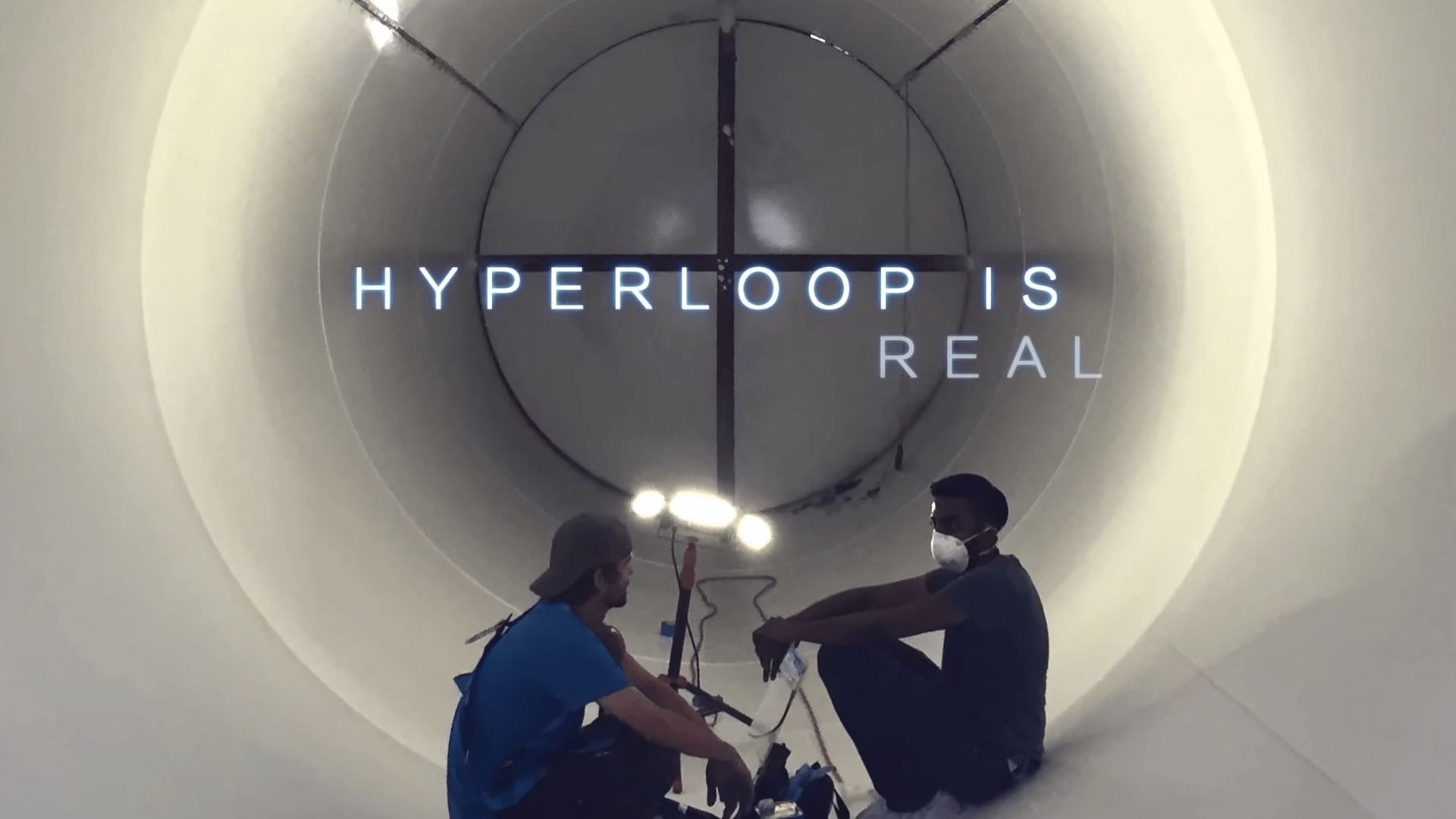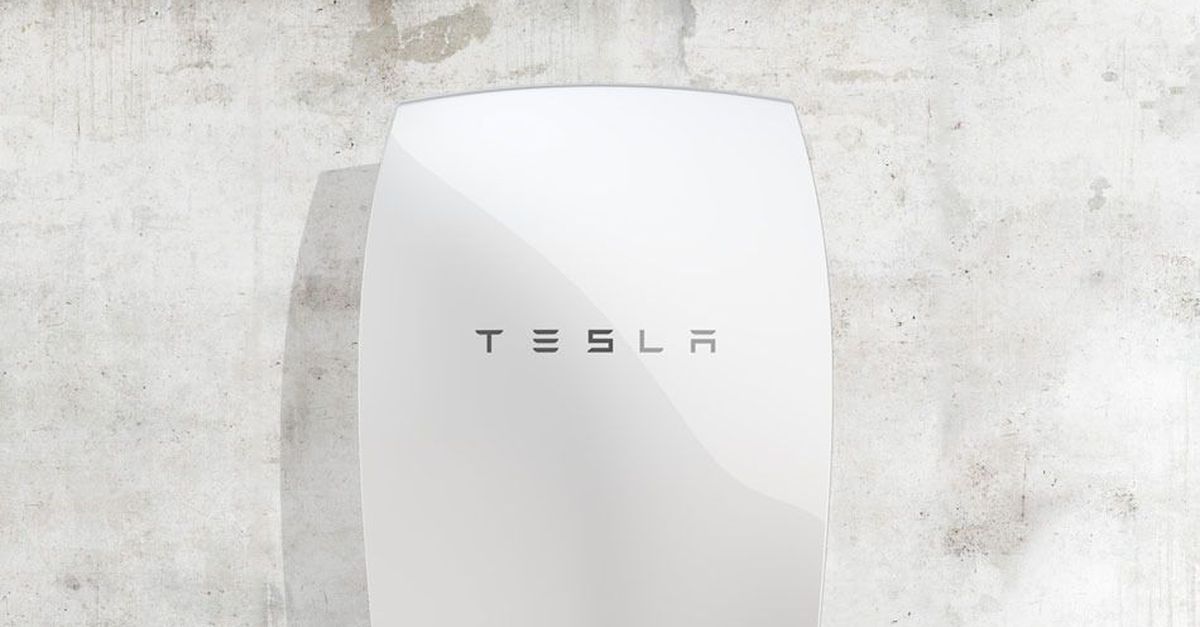Sep 21, 2015
Atom-Sized Construction Could Shrink Future Gadgets
Posted by Shailesh Prasad in categories: drones, materials, military, particle physics, robotics/AI, transportation
The U.S. military doesn’t just build big, scary tanks and giant warplanes; it’s also interested in teeny, tiny stuff. The Pentagon’s latest research project aims to improve today’s technologies by shrinking them down to microscopic size.
The recently launched Atoms to Product (A2P) program aims to develop atom-size materials to build state-of-the-art military and consumer products. These tiny manufacturing methods would work at scales 100,000 times smaller than those currently being used to build new technologies, according to the Defense Advanced Research Projects Agency, or DARPA.
The tiny, high-tech materials of the future could be used to build things like hummingbird-size drones and super-accurate (and super-small) atomic clocks — two projects already spearheaded by DARPA. [Humanoid Robots to Flying Cars: 10 Coolest DARPA Projects].
